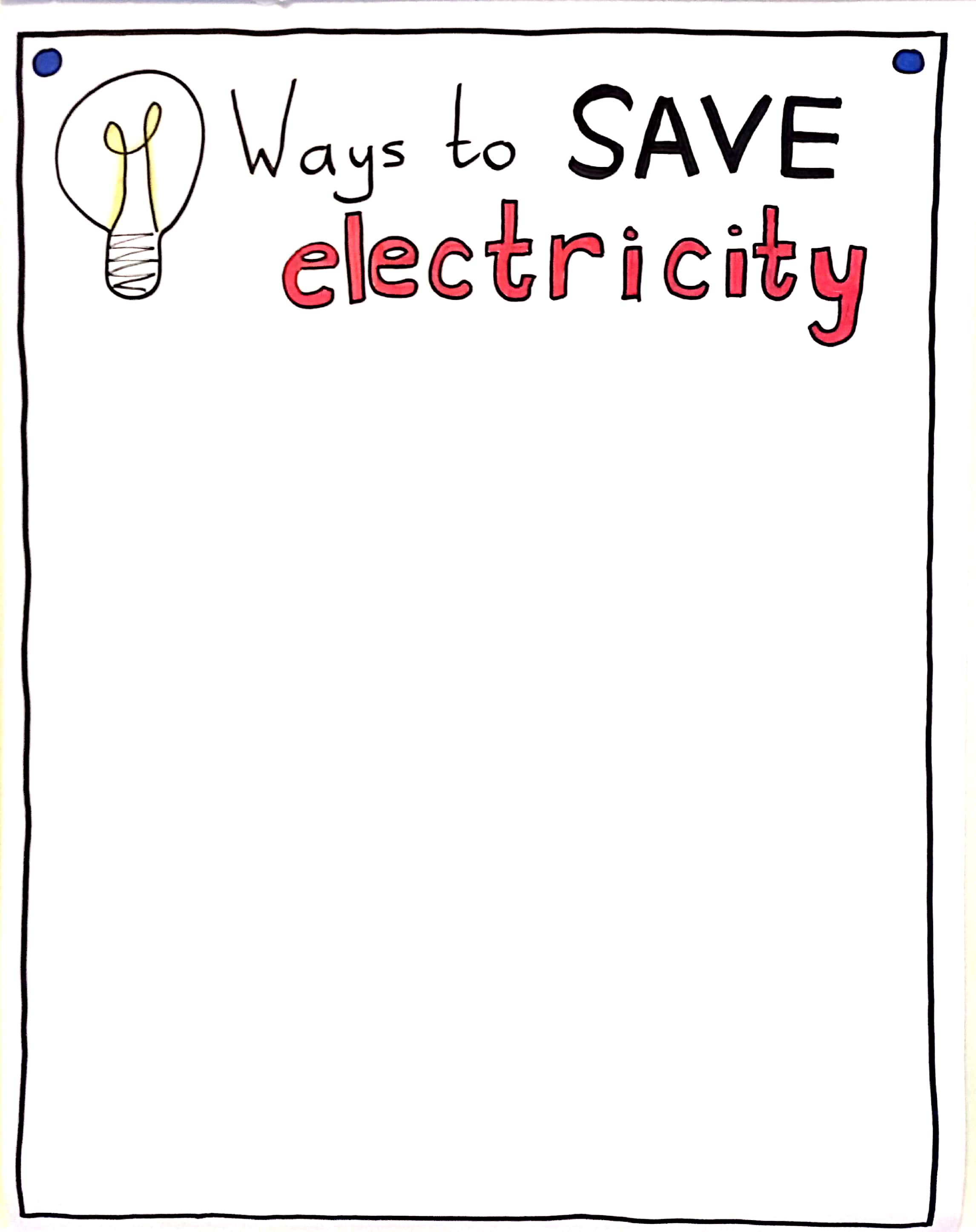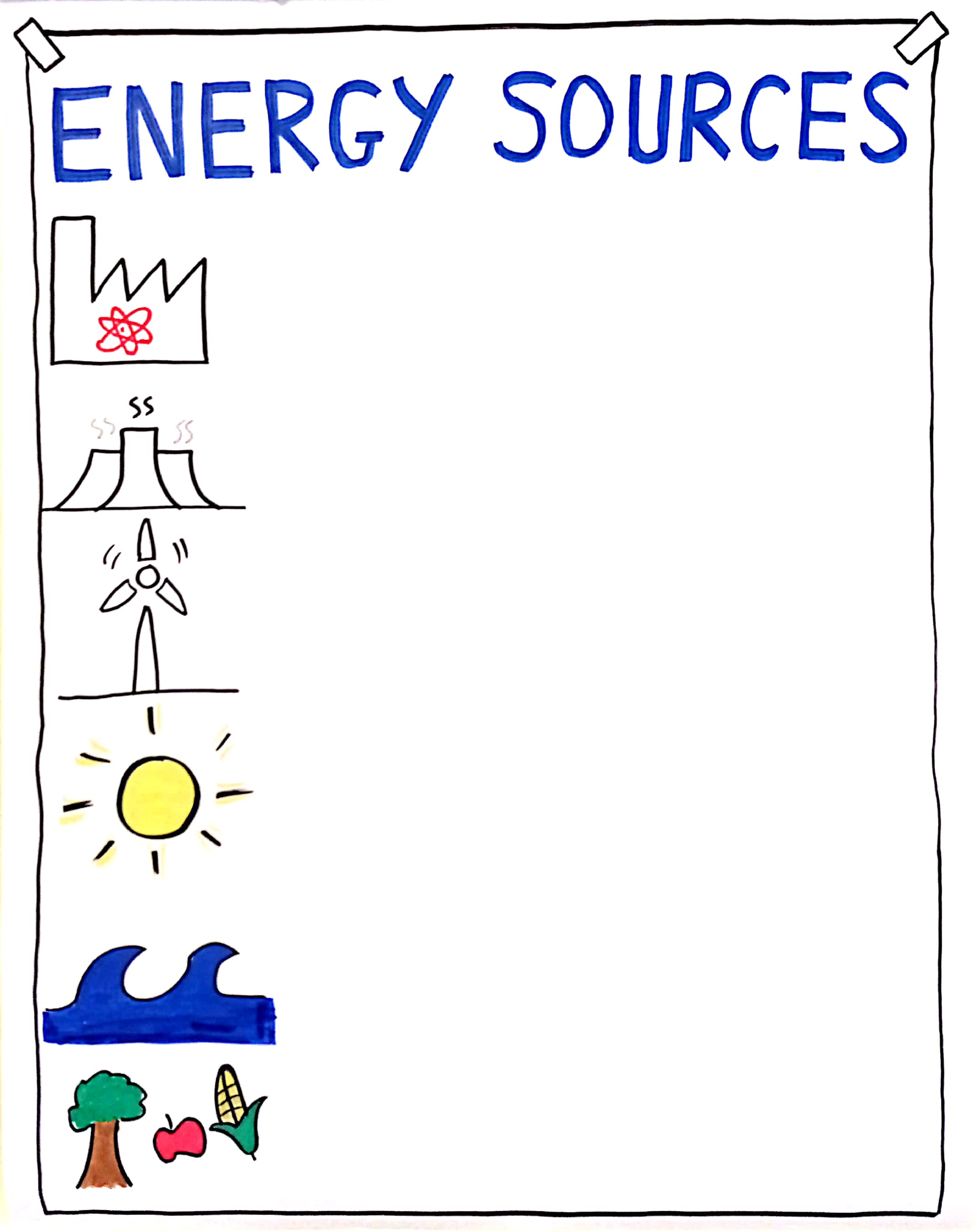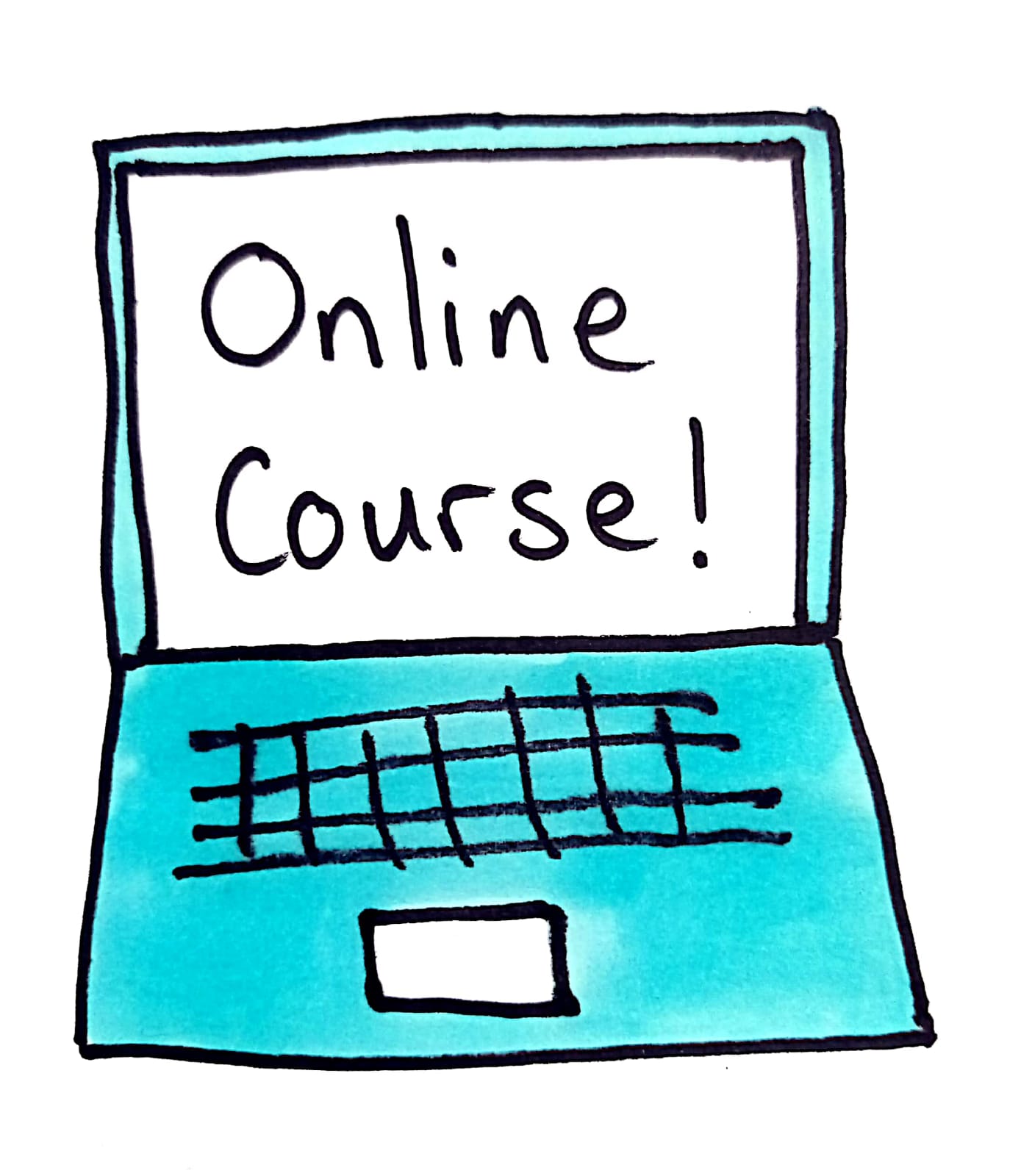Emily Bryson ELT Blog posts: a collection of English Language Teaching topics
Emily Bryson ELT blog posts: a collection of English Language Teaching topics!
One of the things I love most about blogging is the opportunity to explore different ascpects of teaching English in more detail. It’s a great way to learn and share teaching ideas with the world.
Over the years, I’ve been writing blog posts less for my website and more as a professional blogger. I’ve now written for Ellii ( formerly ESL Library), British Council, Cambridge University Press and National Geographic Learning, not to mention all the magazine articles.
As I feel like I’ve been neglecting my own blog here, I thought I’d write a post collating some of the articles I’ve written for other organisations.
Resident blogging for Ellii (formerly ESL Library)
I’ll start with Ellii, because I’m thrilled to be writing fortnightly blog posts for them. I love their approach to language learning, and their engaging and accessible resources. Their blog is full of ELT related topics from teaching tips to wellbeing advice.
Here are a few of the posts I’ve written them:
Translanguaging: Embracing the Power of Multilingualism in Your Classroom
The Power of Differentiation: Effective Strategies to Support Learners with Mixed Abilities.
A Quick Guide to Universal Design for Learning
Speaking at an ELT Conference: Top Tips for Successful Presentations
How to Simplify Complex Tasks with Visual Prompts
The What, Why and How of Sustainable Development Goals
Using Graphic Organisers for Language Skills Development
Graphic Facilitation 101: Teaching English through Visual Communication
What’s the Story? How One Image Can Develop Visual Literacy and Critical Thinking Skills
Six Ways to Support English Learners from Refugee Backgrounds
Sketchnoting 101: Supercharge Professional Development with Visual Notes
It was pretty tricky to decide which ones to share here! I think I might have got a bit carried away! I also wrote a series of posts on accessibility, which shares ways to support learners with dyslexia, ADHD, low vision and limited digital literacy. And you’ll find a lovely hand drawn activity about banishing your inner troll and embracing growth mindset there too!
You can check out my other posts for Ellii by clicking the image below:

National Geographic Learning Voices Blog
I am proud to be one of the authors of the Voices series for National Geographic Learning. I love its global and inclusive approach to language learning. It seeks to develop students’ voices in English through intercultural communication, engaging topics and impactful images.
It also follows a pronunciation syllabus which embraces accent diversity. As a language teaching professional with a Scottish accent, this is incredibly refreshing for me. For years, I felt my accent was ‘wrong’ but in reality the way I was taught to teach pronunciation was wrong! Every accent is beautiful and intelligibility is the key!
You can read more about the ethos of Voices in these blog posts:
- Marek Kiczkowiak shares how to teach pronunciation for global communication.
- Lewis Lansford discusses the importance of teaching authentic listening skills.
- Chia Suan Chong gives advice on intercultural skills for the real world.
- Alex Warren provides eight tips for best practice leasson planning.
- And I share ways to make learning accessible.
Click the image to read the articles:

Cambridge University Press World of Better Learning Blog
The World of Better Learning site is absolutely full of English Language Teaching related content. It has fantastic posts from Jade Blue, Rachel Tsateri, Peter Fullager and Jo Szoke, to name but a few experts in the field.. So whether you’d like some teaching ideas for Pride Month or ideas for developing Digital Literacy, this is a treasure chest of info.
I was honoured to be asked to write about Graphic Facilitation for them. Here’s a link to my article:
Graphic Facilitation: Getting Creative with Hand-drawn Graphics
British Council Teaching English Blog
The British Council Teaching English site is an absolute staple of any TEFL or TESOL teacher. It has been a tried and trusted throughout my whole career. This site covers every imaginable ELT topic under the sun.
In this post, I share simple ways to use graphic novels, simple drawings, emojis, story graphs and the language experience approach to help students tell their stories.
You can read it here:
How can I celebrate diversity through storytelling?
Love these posts? If you’d like to know more about graphic facilitation or adding a visual or hand-drawn twist to your lessons, check out my courses. Click the laptop image below.
Emily Bryson ELT Blog posts: a collection of English Language Teaching topics Read More »





























































